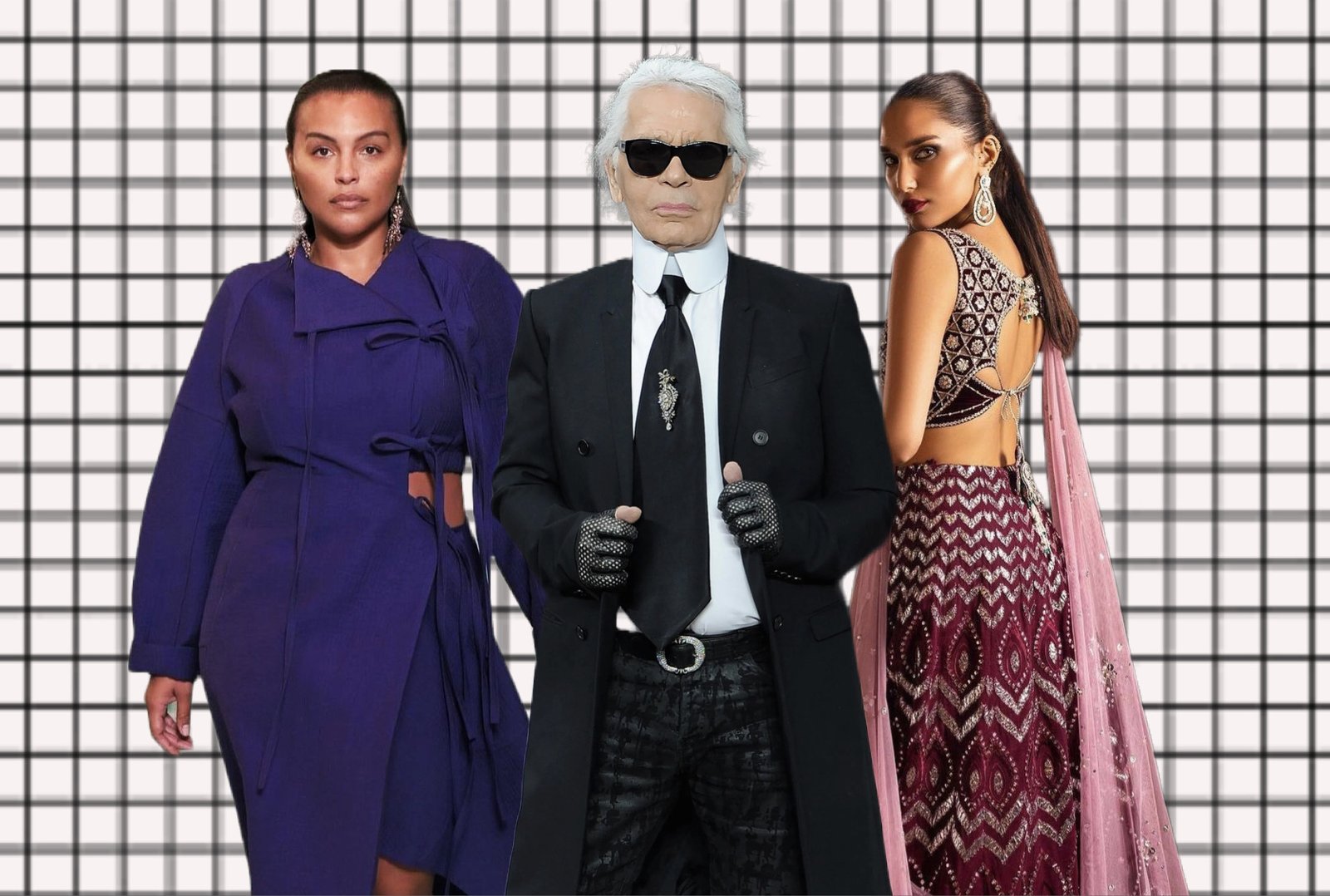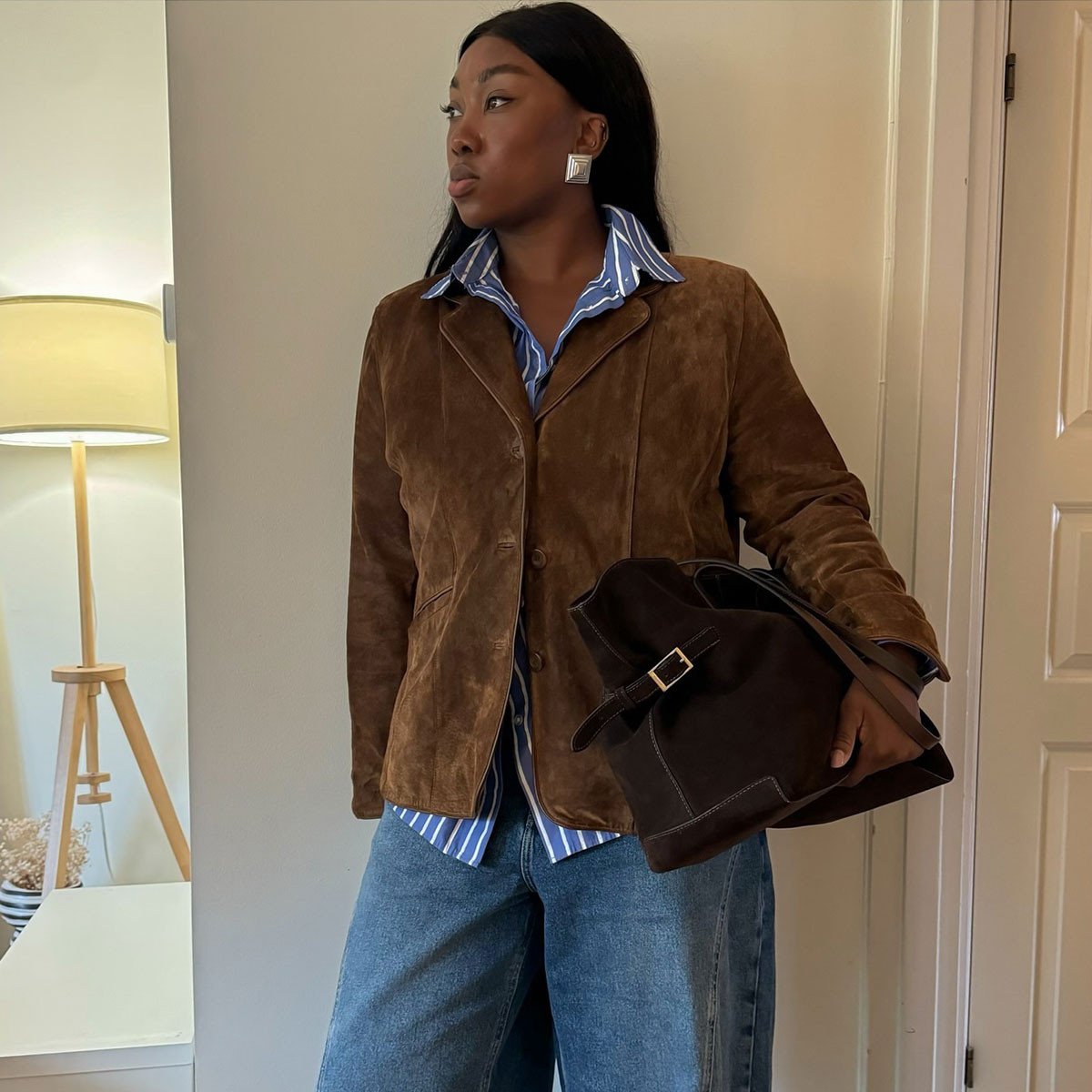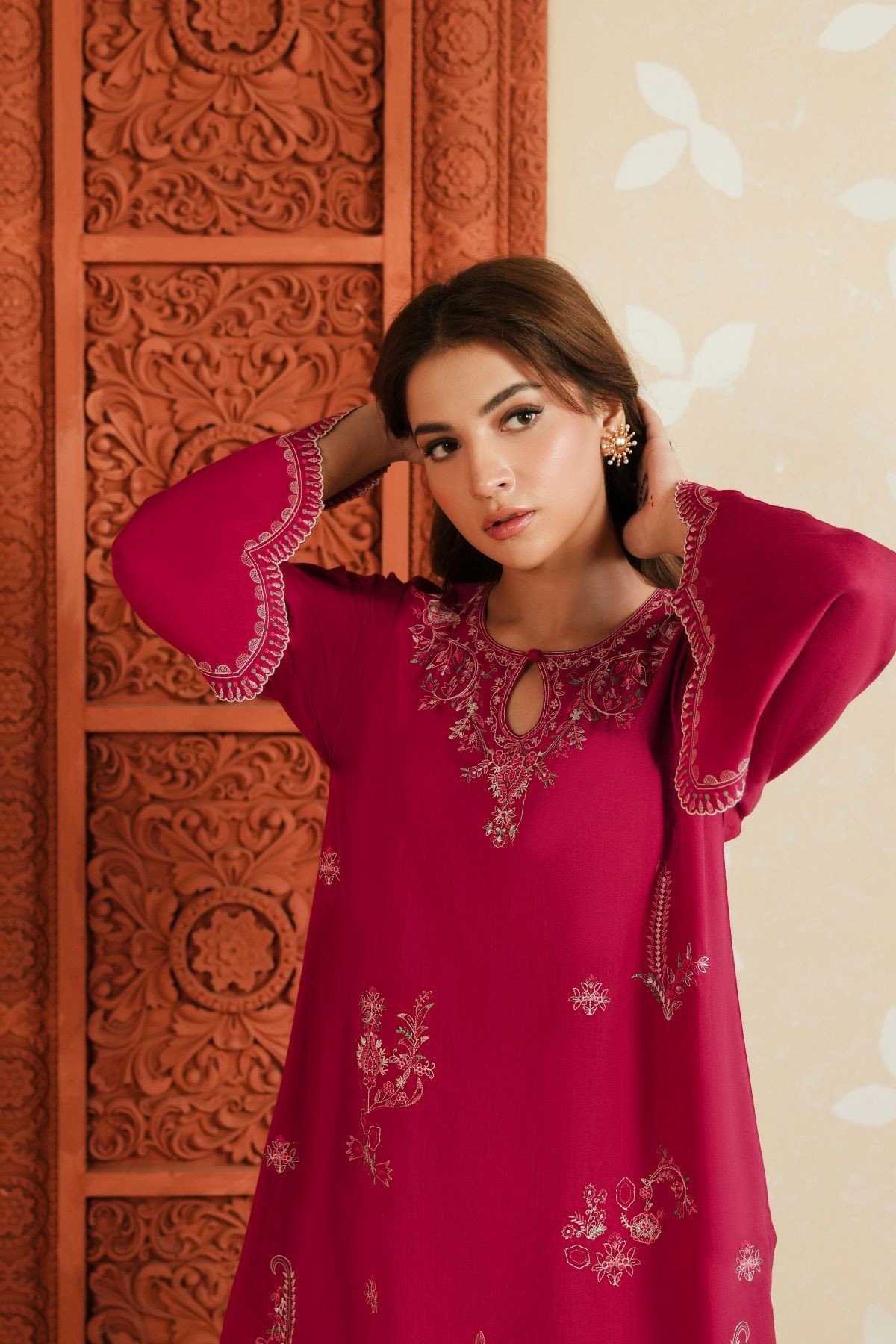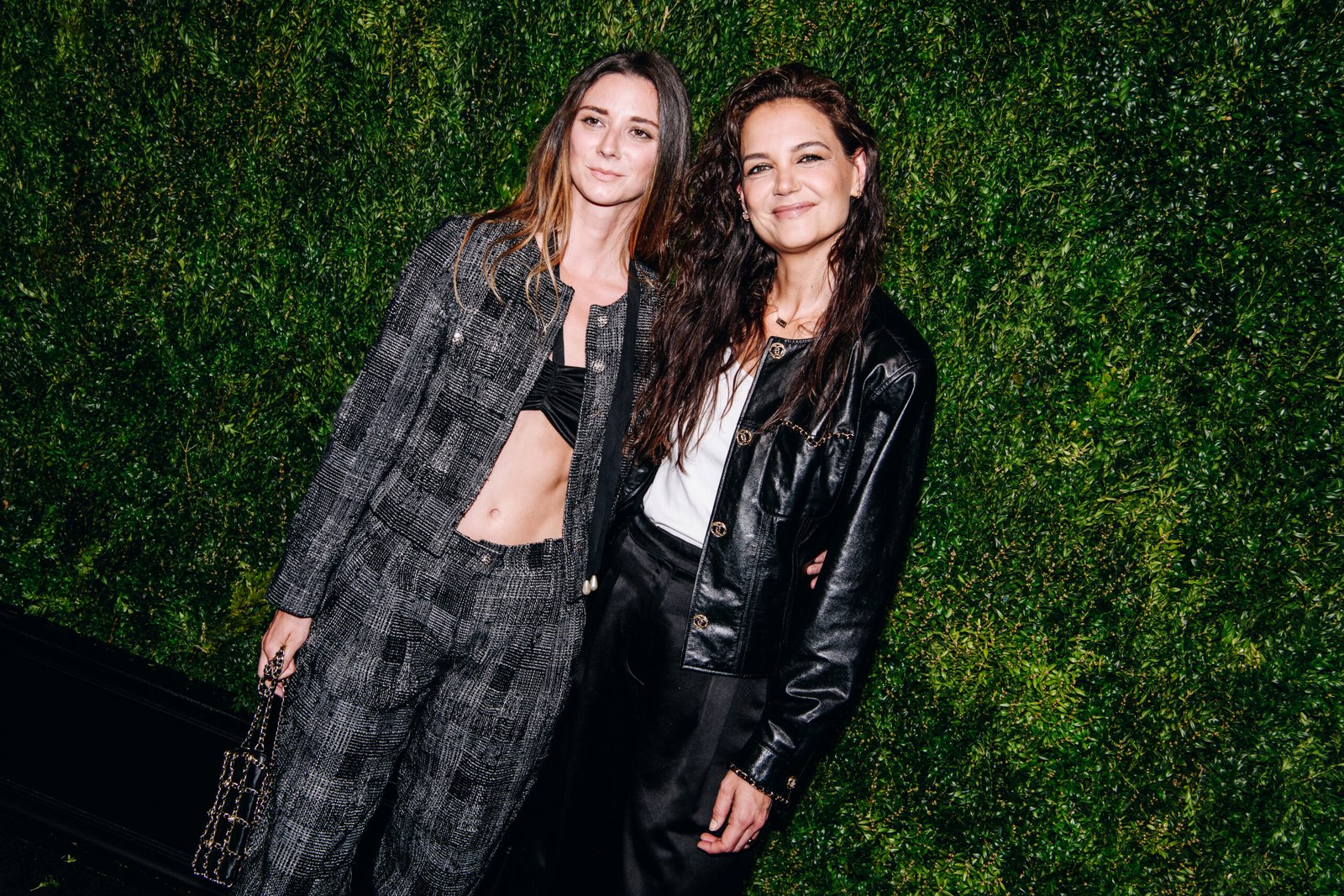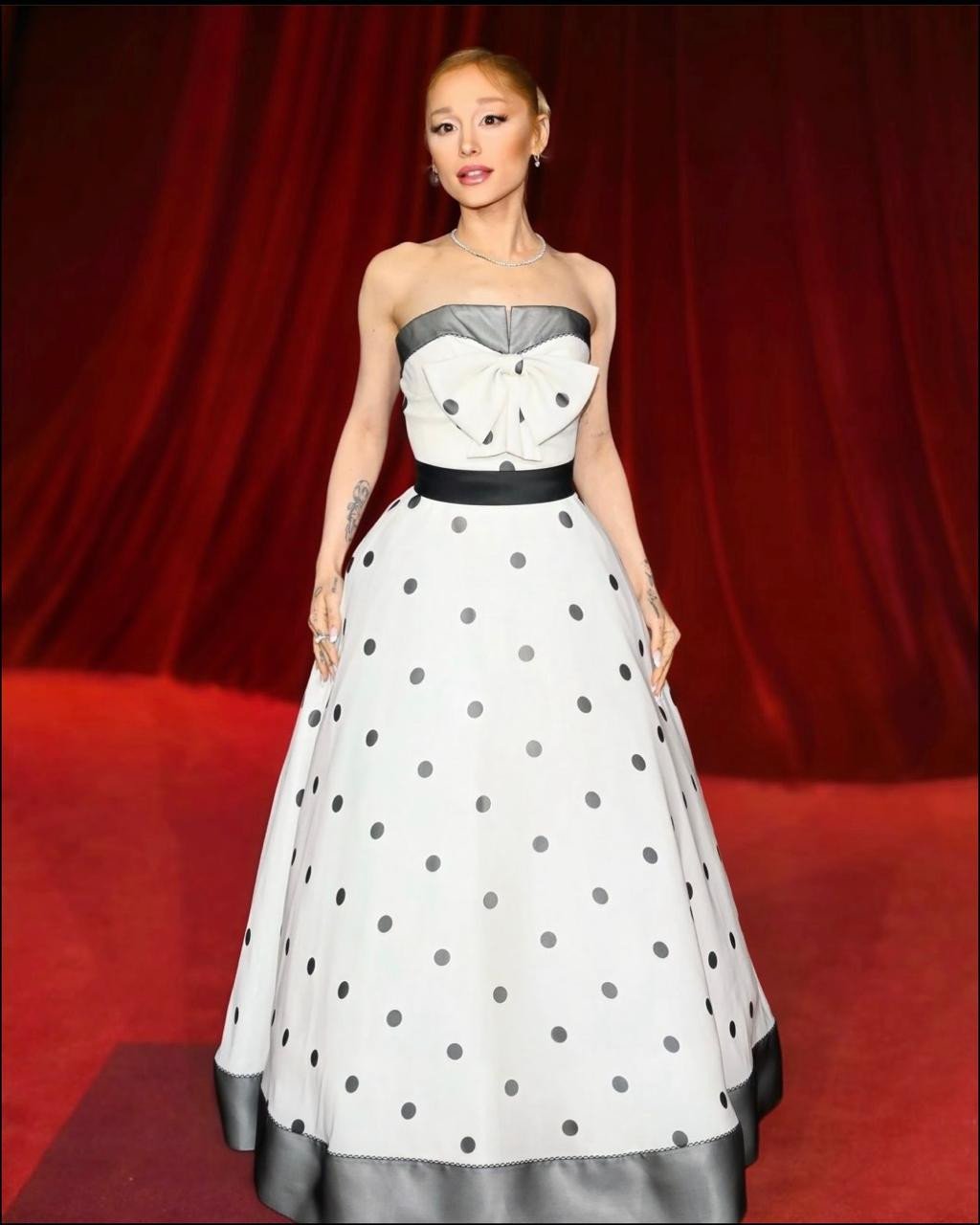The Body Positivity Movement: Progress and Setbacks in the Fashion Industry
Body positivity has become more than just a catchy phrase; it’s a cultural phenomenon. Since the hashtag #BodyPositivity emerged in 2012, over 43 billion views on TikTok and 12 million Instagram posts reflect a shift toward embracing all body types. However, while the messaging is strong, the fashion industry itself seems to lag behind, and the fear is that this momentum for inclusivity may be fading.
Historically, fashion has thrived on exclusivity, often sidelining anyone who didn’t fit its rigid standards. Remember when Karl Lagerfeld said, “No one wants to see curvy models”? His sentiment feels outdated today, especially when we consider the multitude of different bodies that exist. Yet, even after brands acknowledged the importance of diversity, many have reverted to old practices, leaving us questioning whether the industry truly values body inclusivity or is merely riding a trend.
A notable example occurs with Victoria’s Secret, which canceled its annual runway show in 2019 amid criticism for lack of diversity. We hoped this would signify a turning point, but as reported by figures like Anna Murphy from The Times, the latest Paris Fashion Week showcased an unsettling return to the usual model types—slender and uniform. The introduction of weight-loss drugs like Ozempic also raises concerns that the industry may be regressing to its size-zero obsession.
On the flip side, newer designers like Coperni showcase diverse models, including plus-sized figures like Paloma Elsesser, indicating some willingness to challenge the status quo. But established luxury brands still largely prefer the “traditional” model demographic, leaving larger bodies out in the cold.
A Focus on Local Bodies
Shifting the lens to Pakistan, the body positivity conversation is gradually gaining traction but still struggles to reach mainstream acceptance. Shopping can be a frustrating experience for many shoppers, especially when designers primarily cater to petite figures. As a woman hunting for the perfect lehenga for a family wedding, I often find myself captivated by how an outfit looks on a slender model, only to realize it may not translate effectively on my medium-sized frame.
Designer Zohra Alam stands out by embracing an inclusive approach. She emphasizes designs that can be adjusted for various body types without sacrificing the overall look. “I keep a central panel and side pockets. So, when you go from a size small to large, the central panel expands while the side pockets remain the same,” she explained. It’s this kind of innovative thinking that can help bridge the gap in a market still heavily skewed toward smaller sizes.
Meanwhile, established names like Shamaeel Ansari focus on creating timeless pieces adaptable for various sizes. “Samples will always only be one size,” she notes, “but our production includes everything—small, medium, large.” This illustrates a commitment to inclusivity, while still appealing to a broad customer base.
The Challenges for Models
The pressure on models in Pakistan to meet industry expectations is immense. The prevailing beauty standard is a combination of fairness and slimness. Model Maleena Mansoor’s light-hearted response to negativity—“I laugh it off entirely because not all five fingers are the same”—shows resilience, but not all models can handle this emotional strain.
The reality remains that the fashion industry casts a long shadow over societal perceptions of beauty. When designers neglect to feature larger sizes or when runways only showcase the slimmest bodies, they send a clear message: only certain body types are worthy of fashion’s spotlight.
So, as we celebrate the body positivity movement, it’s crucial for both consumers and designers to continue advocating for change. Let’s push for an industry that values all bodies, ensuring everyone can feel confident and stylish, regardless of their shape or size. After all, fashion should be for everyone, and it’s high time we make that a reality.

